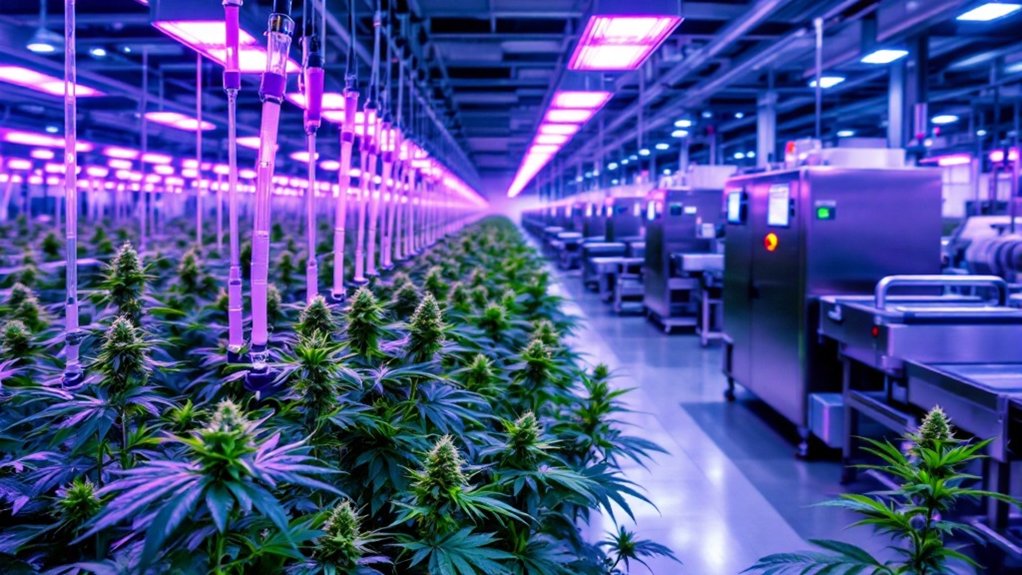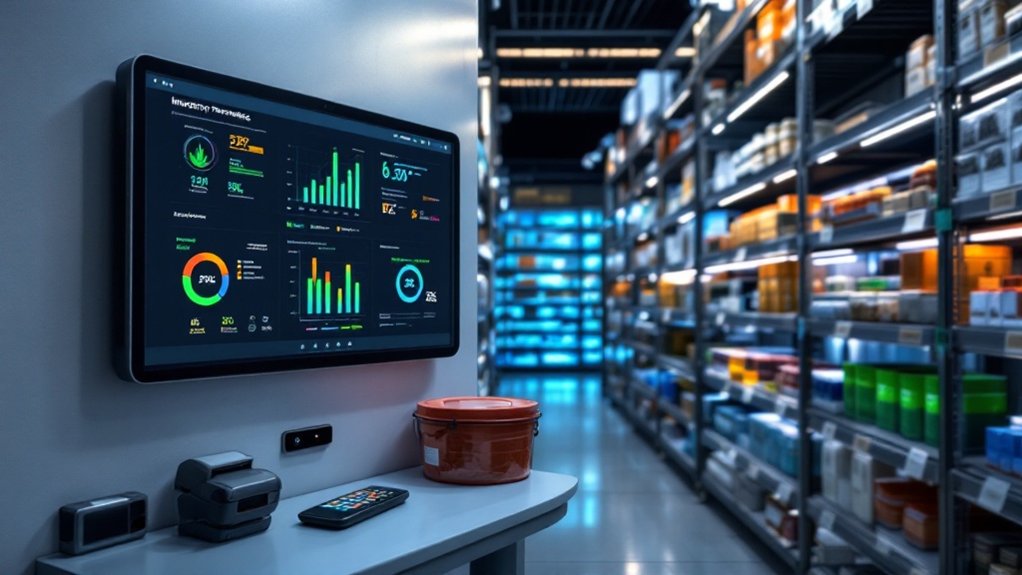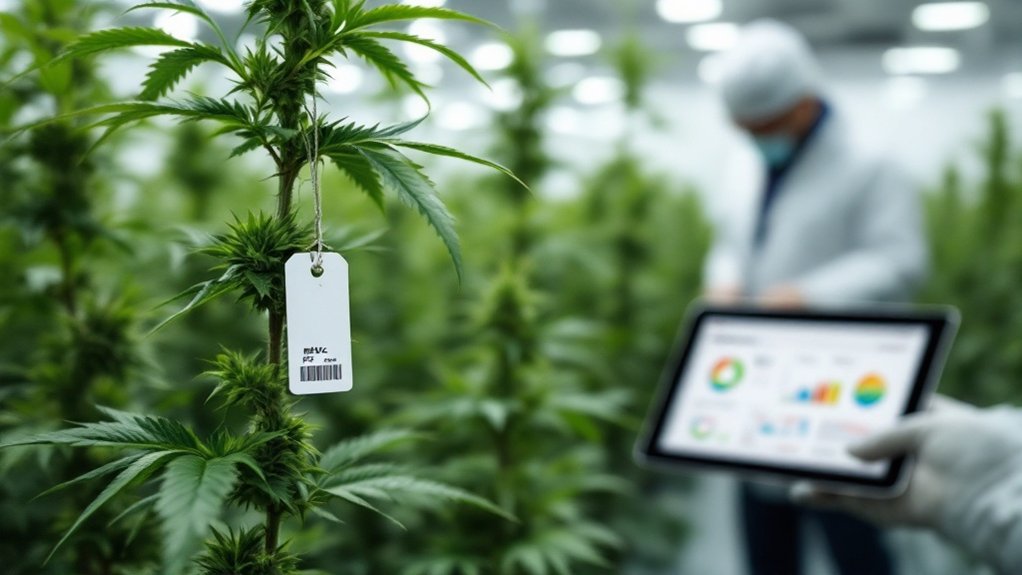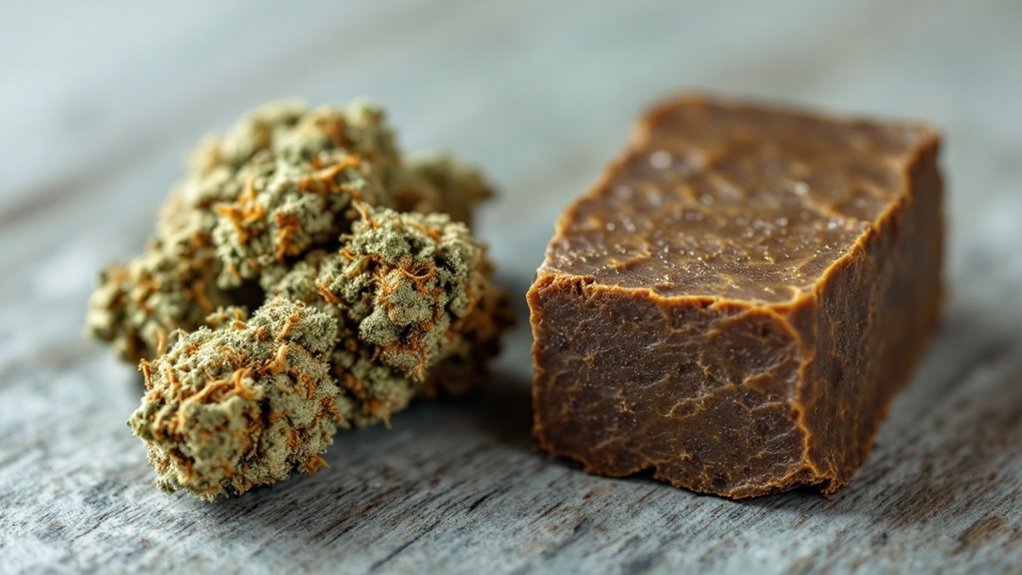Cannabis automation equipment streamlines cultivation processes while maintaining product quality and reducing labor costs. Modern operations utilize automated irrigation systems with pressurized drip technology, harvest automation tools like buckers and trimmers, and post-harvest sorting and packaging machines. Environmental control systems with smart sensors optimize growing conditions, while programmable LED lighting mimics natural light cycles. These technological advancements enable cultivators to scale their operations efficiently, with integrated monitoring systems providing essential data for continuous improvement.
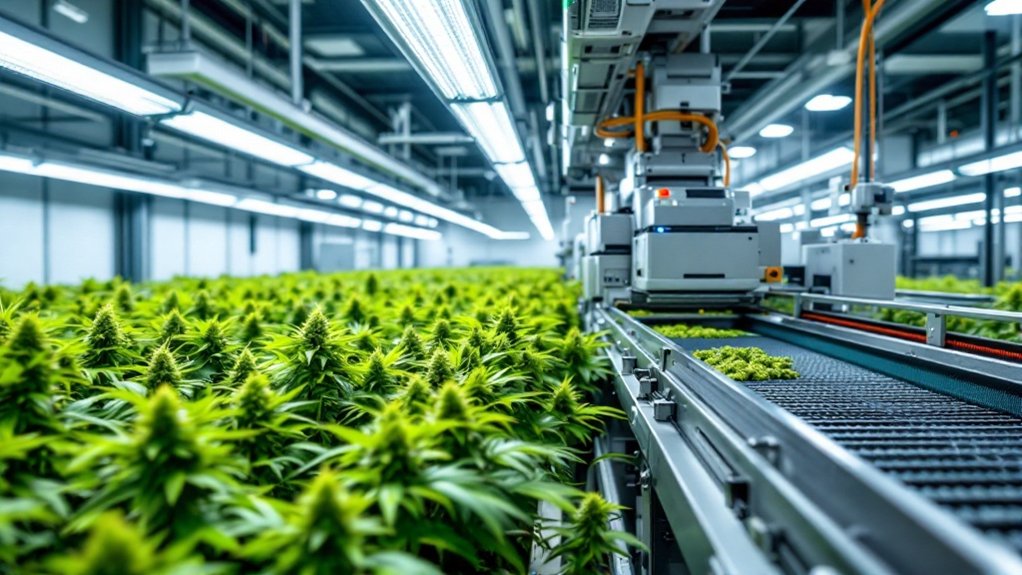
As the cannabis industry continues to evolve at a rapid pace, automation equipment has become vital for cultivators seeking to enhance efficiency while maintaining product quality. Automated irrigation systems represent one of the most valuable investments for commercial operations, offering solutions such as pressurized drip systems and regular pumps with 1/4″ spaghetti lines. These systems deliver consistent nutrient dispersal according to programmed schedules, greatly reducing human error while maintaining ideal plant health throughout growth cycles.
Harvest automation provides considerable efficiency improvements when production scales beyond manual processing capacity. Equipment like the MBX Bucker effectively removes cannabis flowers from stems while preserving bud integrity, while the M210 Mill grinds flower and trim for precision-milled extracts and pre-rolls.
Tandem M108S Trimmers deliver hand-trim quality at commercial scale, allowing cultivators to process larger harvests with reduced labor costs without sacrificing product quality. These GMP-ready trimming machines are specifically engineered to shield against regulatory threats while maintaining consistent output quality.
Post-harvest operations benefit tremendously from sorting and packaging automation. The M9 Sorter continuously categorizes cannabis flower by size, streamlining downstream processes.
Precision Batchers automate the packaging process, while integrated conveyor systems improve trimmer feed rates and processing consistency. This equipment carefully handles product through each processing stage, maintaining quality while increasing throughput.
Environmental control automation plays a vital role in cultivation success. Smart controllers and integrated sensors continuously fine-tune temperature and humidity parameters without requiring constant monitoring. Automated environmental control systems completely eliminate human error while precisely managing all growth variables essential for optimal plant development.
These systems prevent environmental fluctuations that stress plants and create conditions for mold, mildew, and pest issues. Real-time data collection allows cultivators to enhance growing conditions based on performance metrics.
Lighting automation maximizes plant productivity while improving energy usage. Built-in LED systems with programmable controllers mimic natural sunlight patterns, adjusting spectrum and intensity based on growth stage requirements.
Timer systems guarantee consistent photoperiods for vegetative and flowering phases, directly influencing cannabinoid and terpene production.
Computer vision systems can provide advanced monitoring capabilities for cultivation operations. Integrated cameras enable remote monitoring of plant health, while automated visual inspection identifies potential issues before they become notable problems.
These systems can track growth metrics, identify plant gender for early male removal, and generate valuable data for ongoing process enhancement. As the industry continues to mature, cannabis automation equipment represents a vital investment for operations seeking sustainable growth and consistent quality.
Frequently Asked Questions
How Much Should I Budget for Initial Automation Equipment?
Facilities should budget between $10,000-$50,000 for entry-level automation systems, with costs varying based on facility size and technological scope.
Basic environmental monitoring and control systems typically range from $5,000-$20,000.
For extensive automation including irrigation, benching, and environmental controls, mid-to-large operations should anticipate $250,000-$2,000,000+ in capital expenditures.
Equipment complexity, facility dimensions, and desired integration levels are primary factors determining final investment requirements.
Do Local Regulations Affect What Automation Equipment I Can Use?
Local regulations greatly impact permissible automation equipment in cannabis operations.
Jurisdictional requirements vary based on facility size, environmental impact standards, and security protocols. Video monitoring systems must comply with specific local mandates, while HVAC control systems need to meet environmental standards with regulated sensor placement.
Equipment certification requirements also differ between jurisdictions, with some areas requiring GMP-ready machines and industrial certifications.
Compliance with these local regulatory frameworks is essential to avoid penalties and maintain operational legitimacy.
How Is ROI Calculated for Cannabis Automation Investments?
ROI for cannabis automation is calculated by dividing total savings minus investment cost by the investment cost.
This analysis considers both direct labor savings and revenue improvements from increased yields. A typical calculation includes the break-even point, measured in months, and the percentage return over a specific timeframe.
For example, a 5% yield improvement can generate a 1,014% ROI with a 6-month break-even point, making automation financially attractive for cannabis operations.
Are There Financing Options for Purchasing Automation Equipment?
Yes, financing options exist for automation equipment purchases in the cannabis industry.
Businesses can access equipment loans and leasing arrangements that cover up to 100% of costs for both new and used automation systems.
These financing structures typically involve direct payments to equipment vendors by lenders, followed by monthly repayments from the cannabis business over predetermined terms.
While offering cash flow benefits and access to cutting-edge technology, these options may include higher interest rates and strict eligibility requirements.
What Certifications Should I Look for in Automation Equipment?
When selecting automation equipment, key certifications to look for include ISO 9001 for quality management systems and ISO 17025 for testing laboratories.
GMP certification guarantees equipment is made from appropriate materials with proper documentation and qualification processes. Regulatory compliance certifications specific to local, state, and federal requirements are essential.
Additional considerations include certifications for environmental management (ISO 14001), data security (ISO/IEC 27001), and integration capabilities with facility environmental controls and tracking systems.
